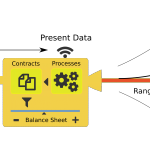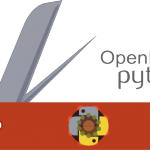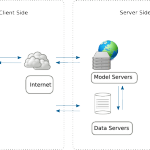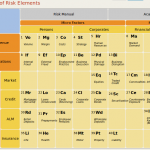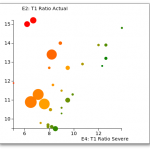Securitisation versus Banking
The ever elusive CMU dream
There is(/was) renewed interest in EU-land over deepening a capital markets union, aka CMU. It is among the initiatives being pursued by the Commission in order to help accelerate growth in the European Union.
The initiative encompasses many elements, both around equity (shares) and debt markets. One important pillar of the CMU aims to re-launch some version of an EU securitisation market. This segment was never really defined in a EU-wide basis. In the pre-crisis European financial landscape there were wide disparities in the degree of adoption, legal frameworks, preferred structures etc. among the different countries comprising the EU. In any case, since the financial crisis there has been a steady decline in securitisation volumes, which amongst others, hinders certain types of exceptional central bank measures (i.e., purchasing securitised assets).
